Toyota and Lexus present new electric saloons
Let’s first have a look at the Toyota bZ7: the five-metre saloon joined the BEV models bZ4X, bZ3, bZ3X and bZ5 in China. Toyota had already shown a study of the bZ7 at the Guangzhou Auto Show in November; the variant from Shanghai is said to be the series design. The bZ7 picks up on the current Toyota design language, and the headlights are reminiscent of the current generation Toyota Prius. The EV’s technology was developed in China – in cooperation with Toyota partner GAC, the joint venture Guangzhou Toyota Motor Co. and the Chinese Toyota development centre Intelligent ElectroMobility R&D Center.
According to Toyota, the bZ7 is intended to combine the strengths of both companies – meaning the Japanese company’s ‘safe, reliable, and high-quality manufacturing’ combined with Chinese cutting-edge technology. However, as it is still officially a study, the companies are holding back with specific technical data or information on the assistance systems. It is only promised that the bZ7 will be launched on the market within a year – and will then have the ‘latest intelligent technology*3 befitting the flagship model of the Chinese BEV lineup’.
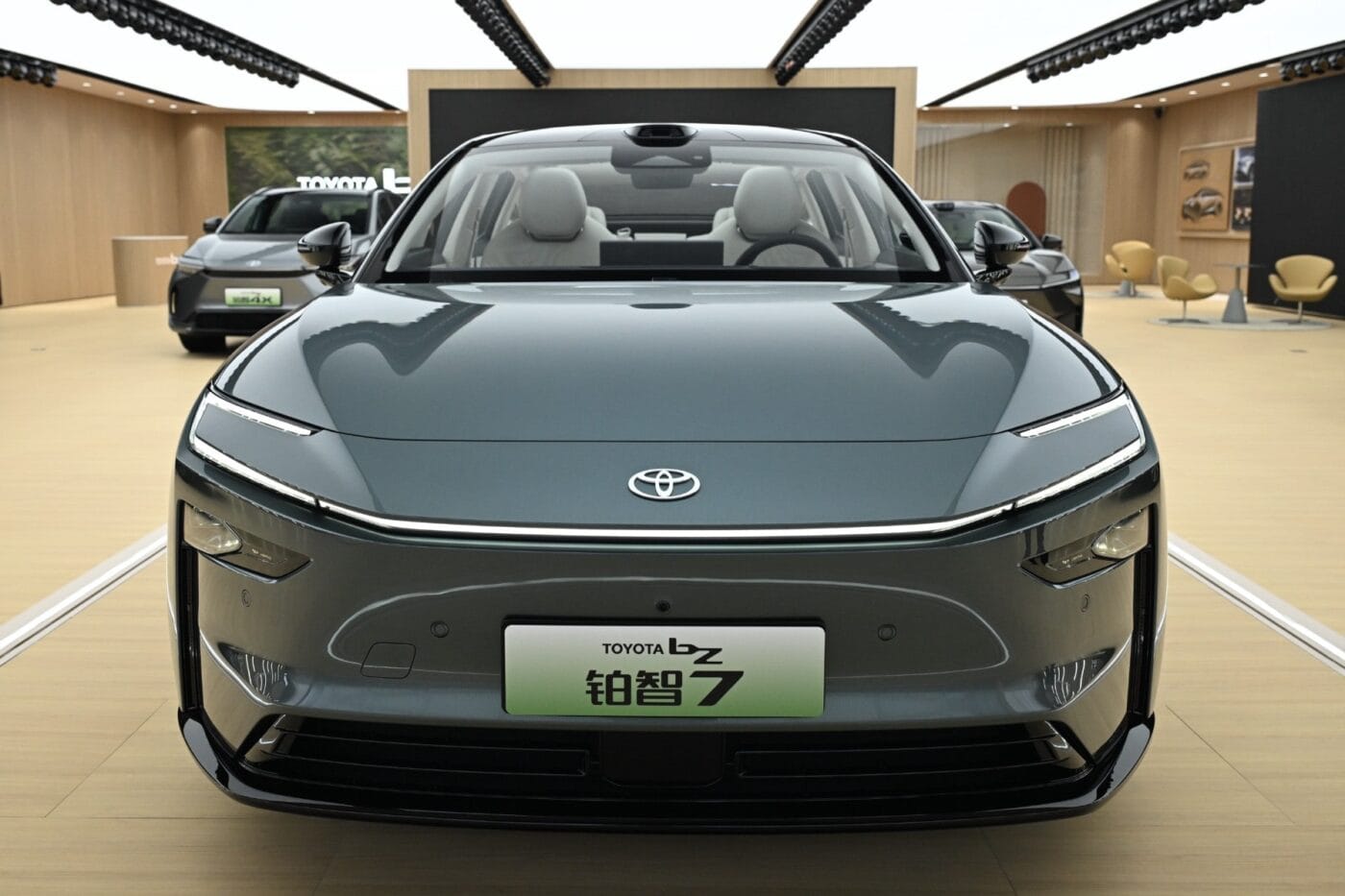
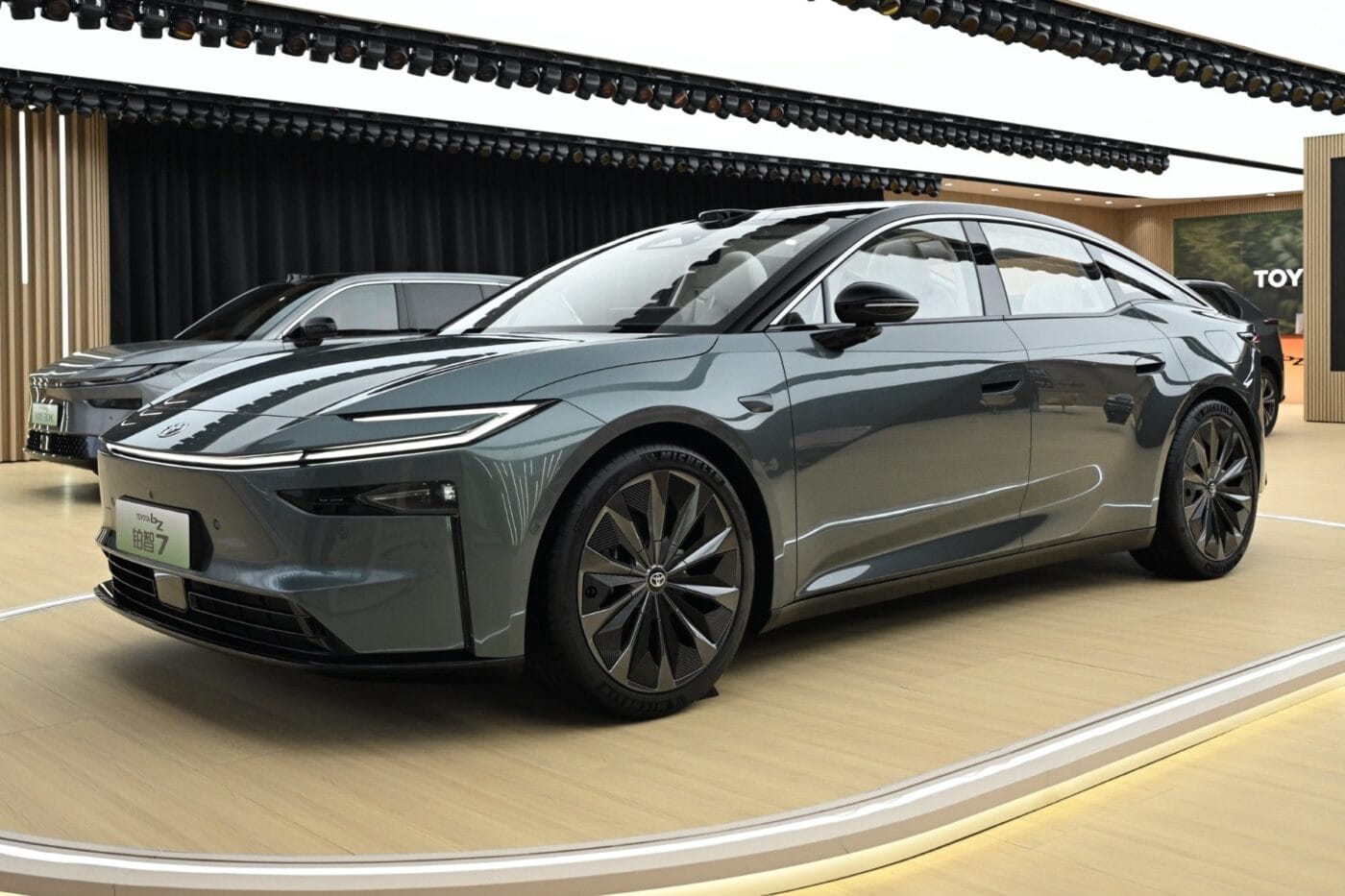
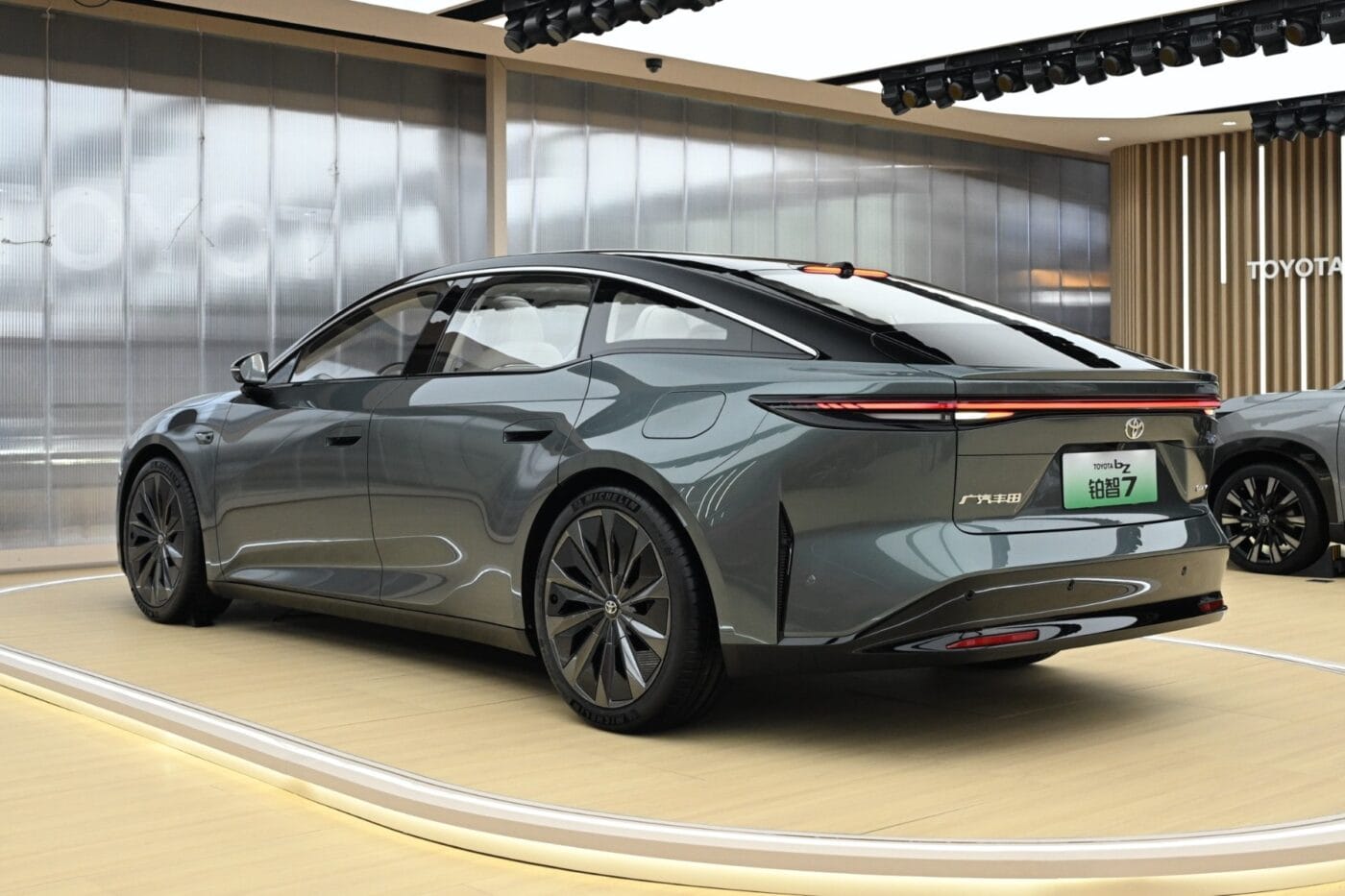
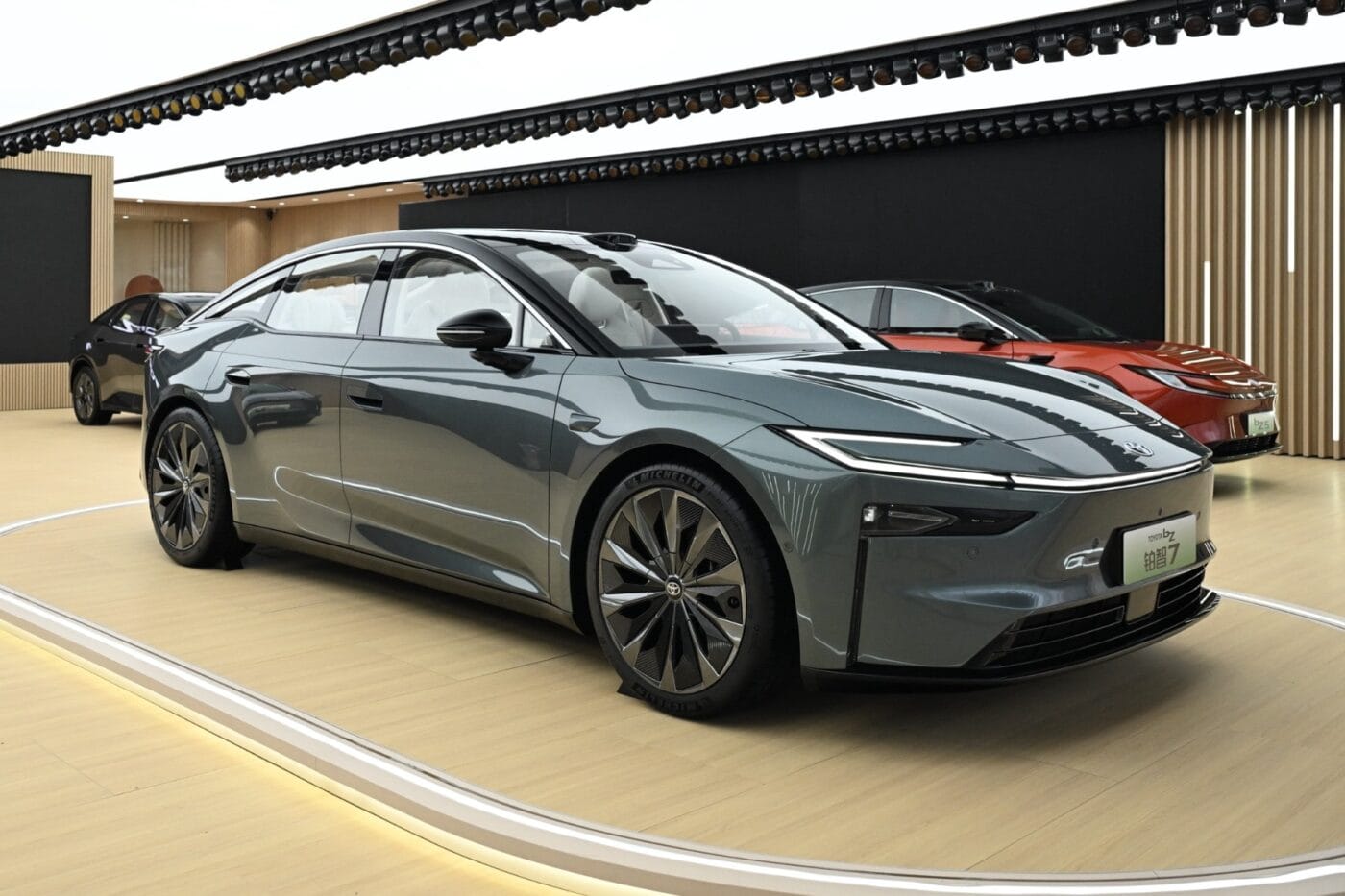
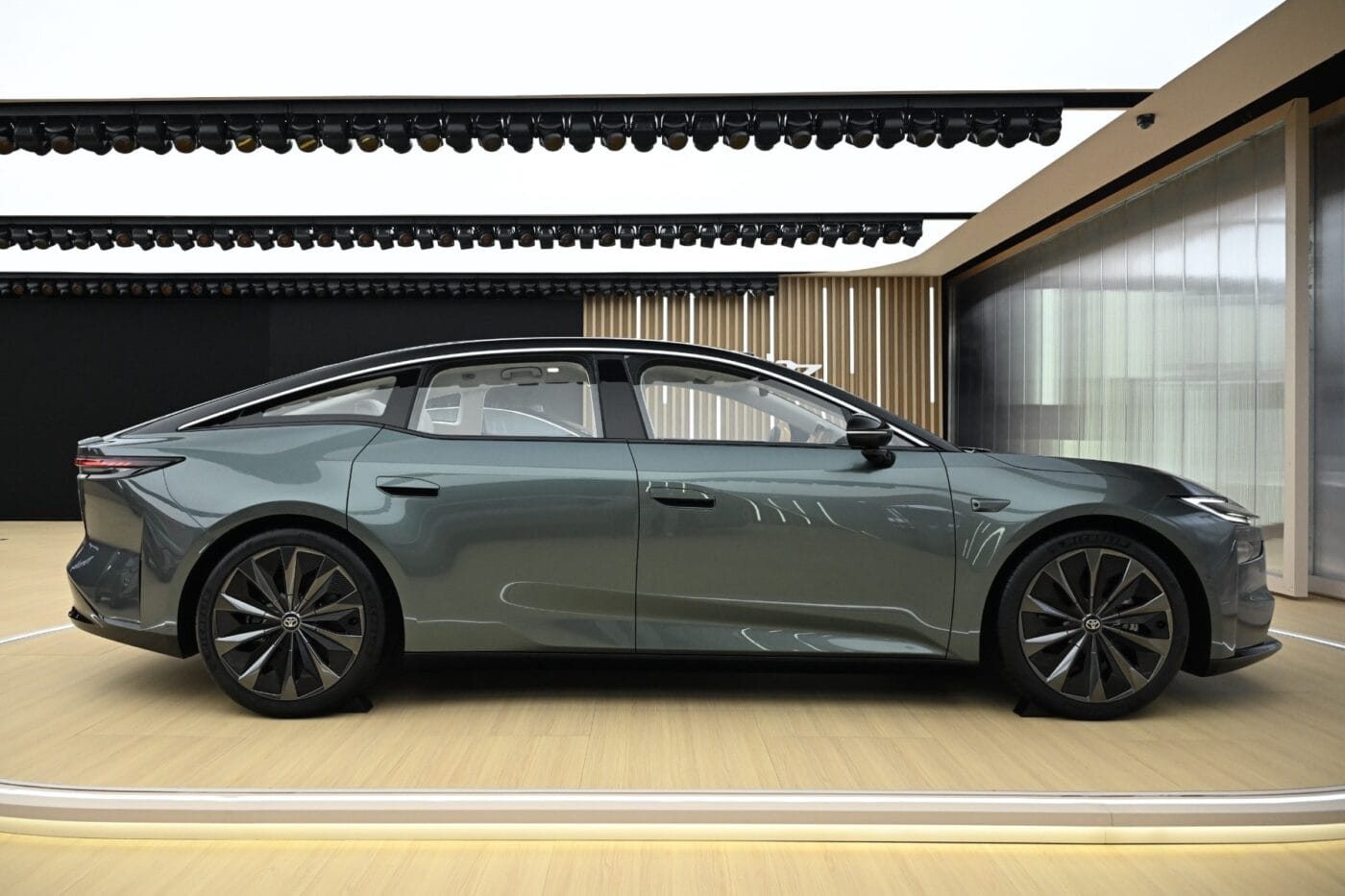
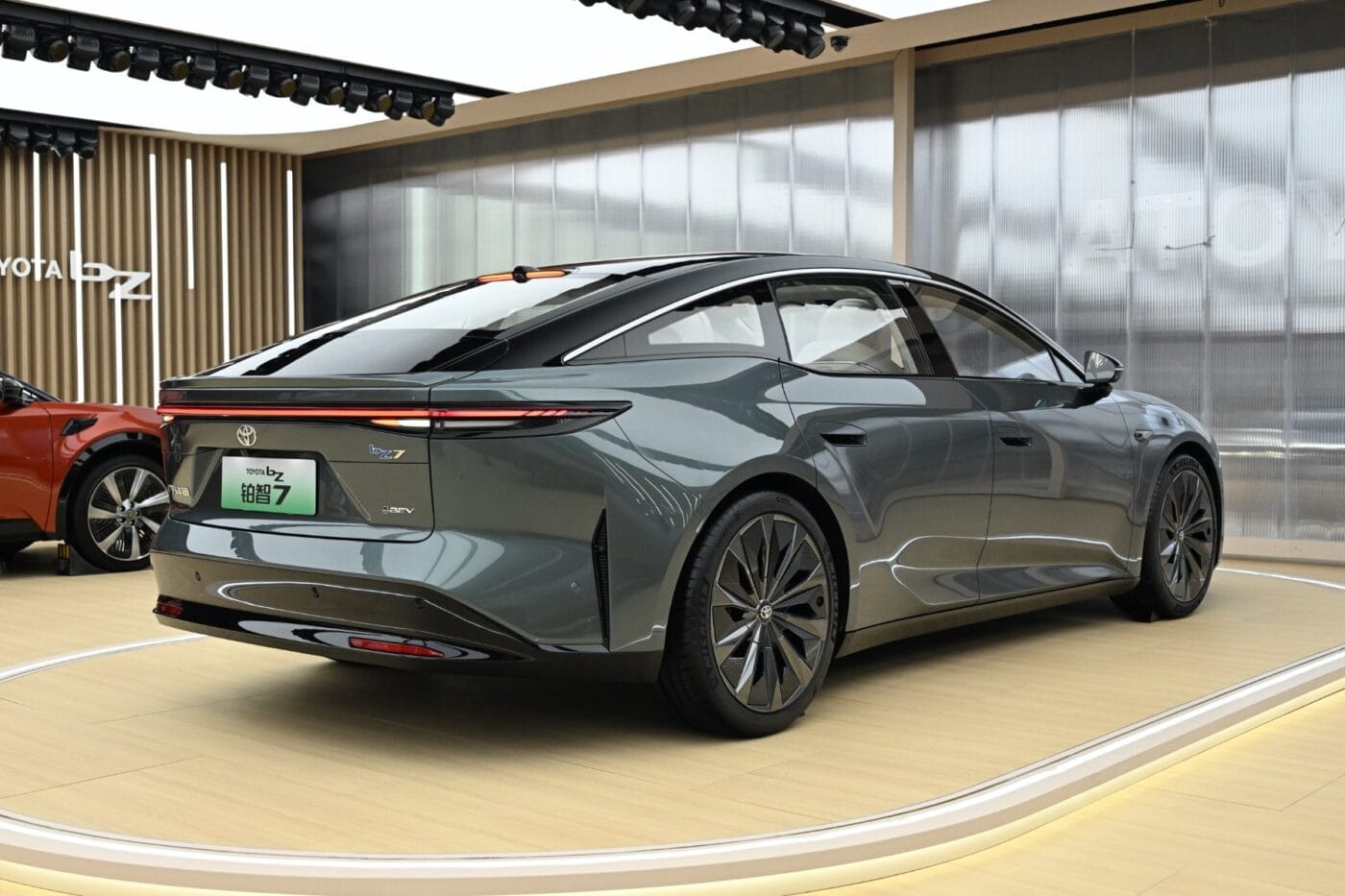
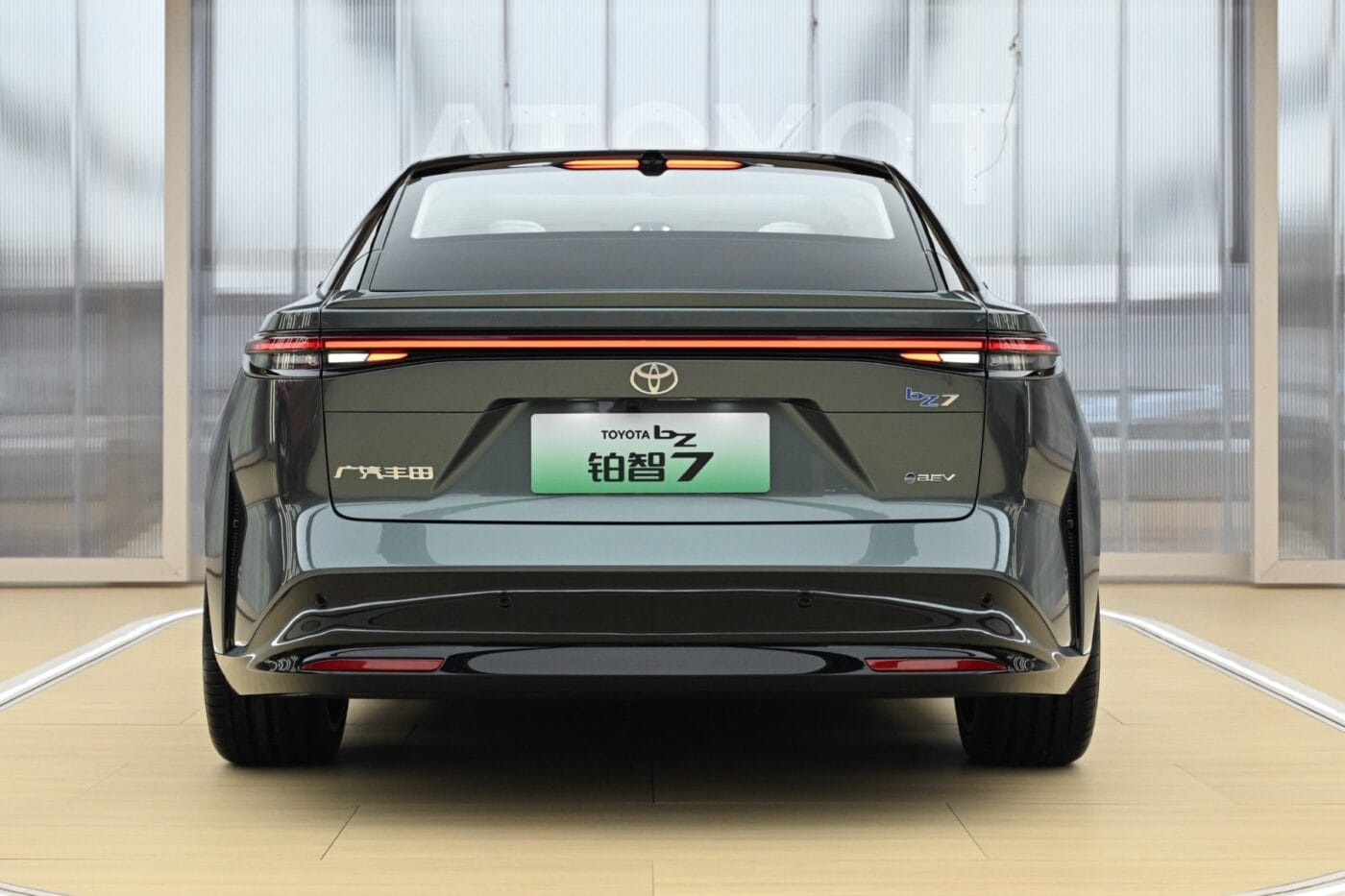
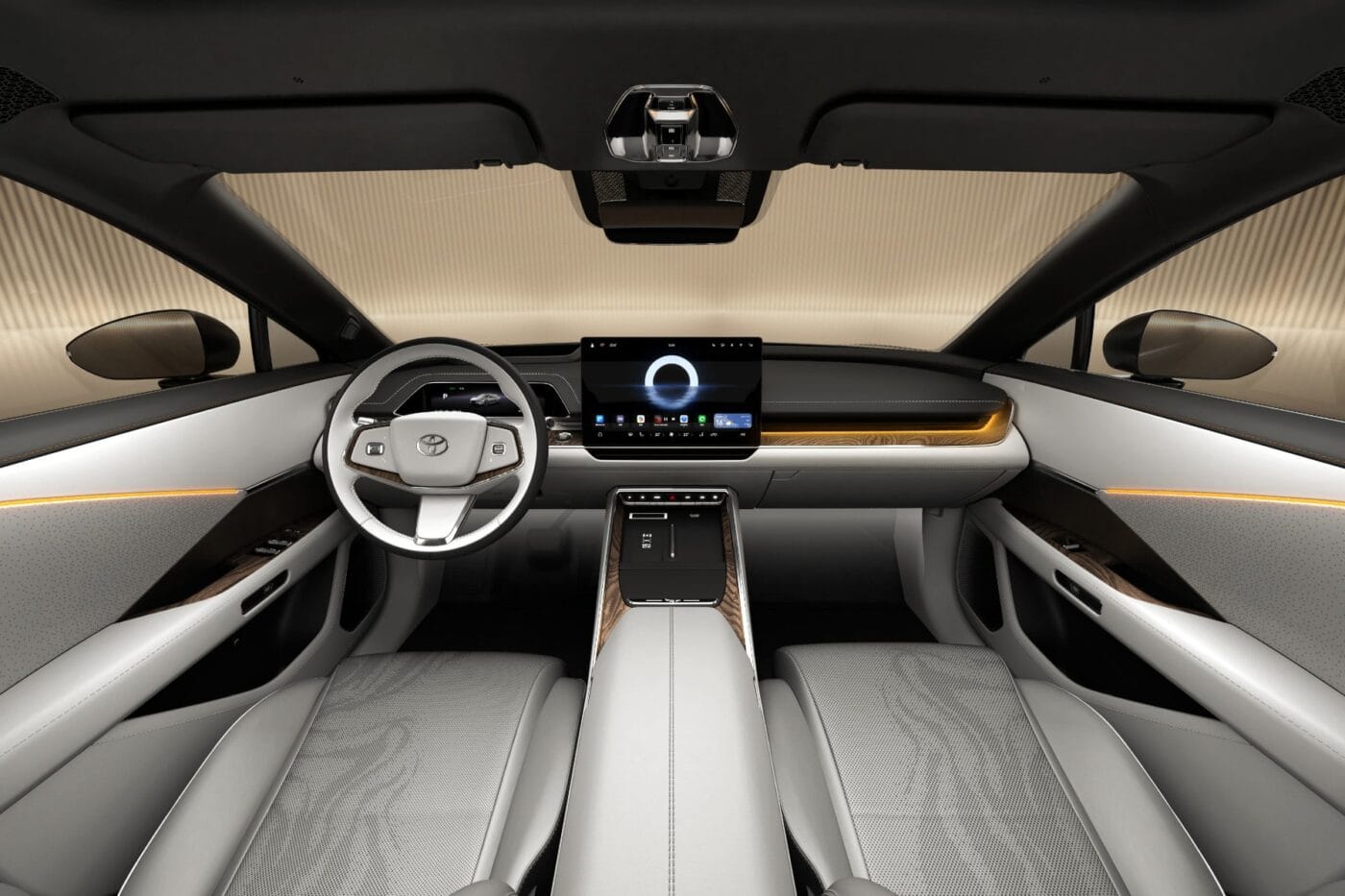
So much for the brief information from the press release. Toyota representatives were a little more forthcoming around the premiere in Shanghai. As CarNewsChina reports, the bZ7 will be the first GAC-Toyota model to be equipped with Huawei’s HarmonyOS operating system for the infotainment and cockpit. There is also a lidar system for the driving assistants. However, there were no details about the electric drive system on site.
The situation is different with the Lexus ES, as this is already the final production model with (almost) all specifications. The electric version will be available with two drive options. The ES 350e has a 165 kW front engine and is expected to achieve a range of up to 685 kilometres in the Chinese test cycle. The ES 500e is a 252 kW all-wheel drive version with two electric motors, which can accelerate from a standstill to 100 kph in 5.9 instead of 8.9 seconds. According to Toyota, the power can be variably distributed between 100:0 and 0:100 with the DIRECT4 all-wheel drive system – the ES 500e can thus be a pure front-wheel drive vehicle at times, but also a pure rear-wheel drive vehicle. Lexus puts the range according to CLTC at approx. 610 kilometres – which suggests that both variants use the same battery.
However, Lexus does not provide any further details about the battery, neither in the press release nor in the 17-page PDF for the ES. However, there is information on the charging capacity: at an outside temperature of around 25 degrees Celsius, the standard charging process at a 150 kW charging point should take around 30 minutes. At temperatures around freezing point, it takes 40 minutes, and at -10 degrees it takes an hour to reach 80 per cent. In China, where CATL and BYD have recently ventured into the megawatt range for electric cars, these are rather meagre figures. Especially as Toyota’s joint venture partner GAC already demonstrated a charging process with a peak of 480 kW in 2021 – and charged from zero to 80 per cent in eight minutes.
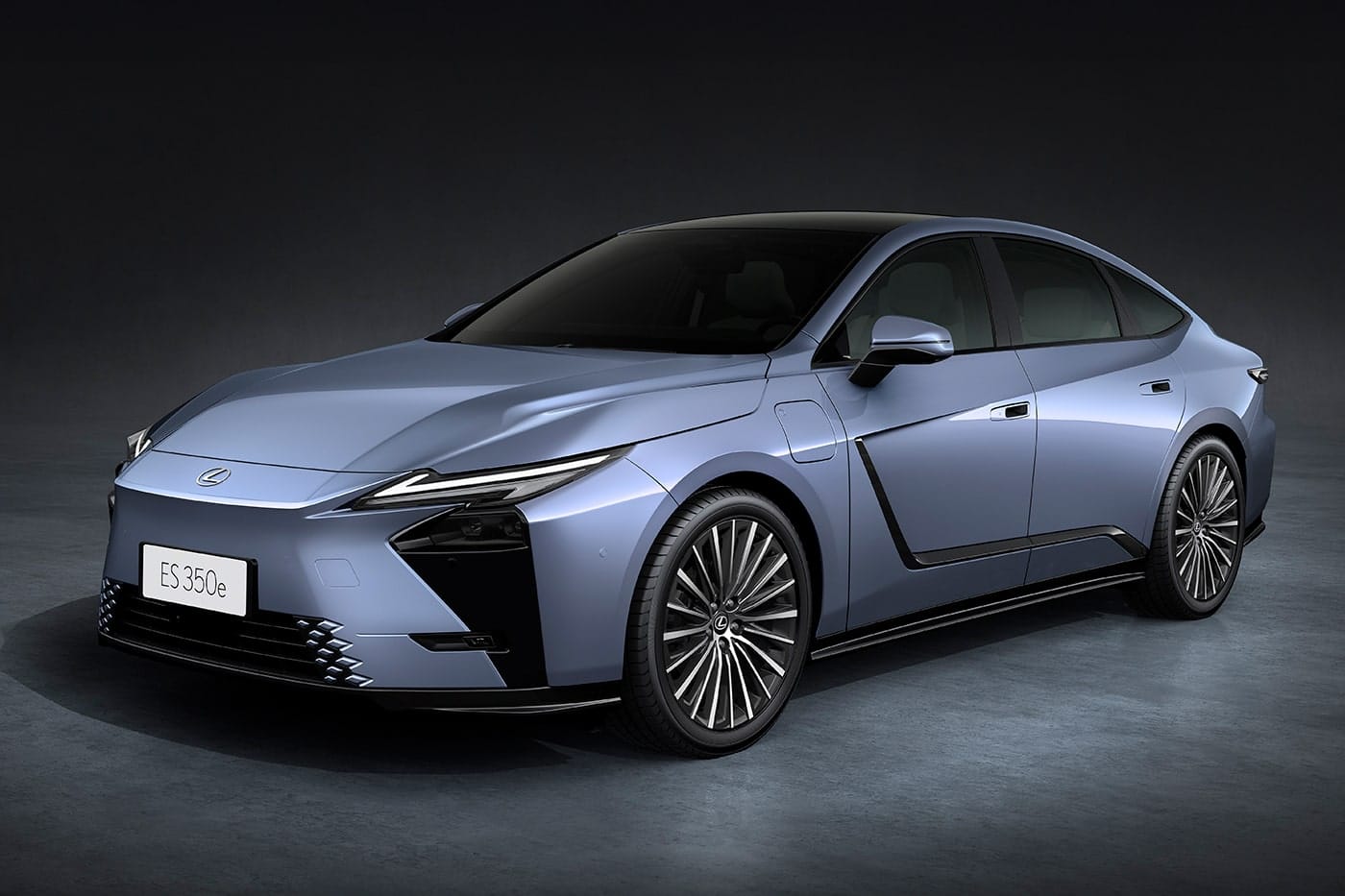
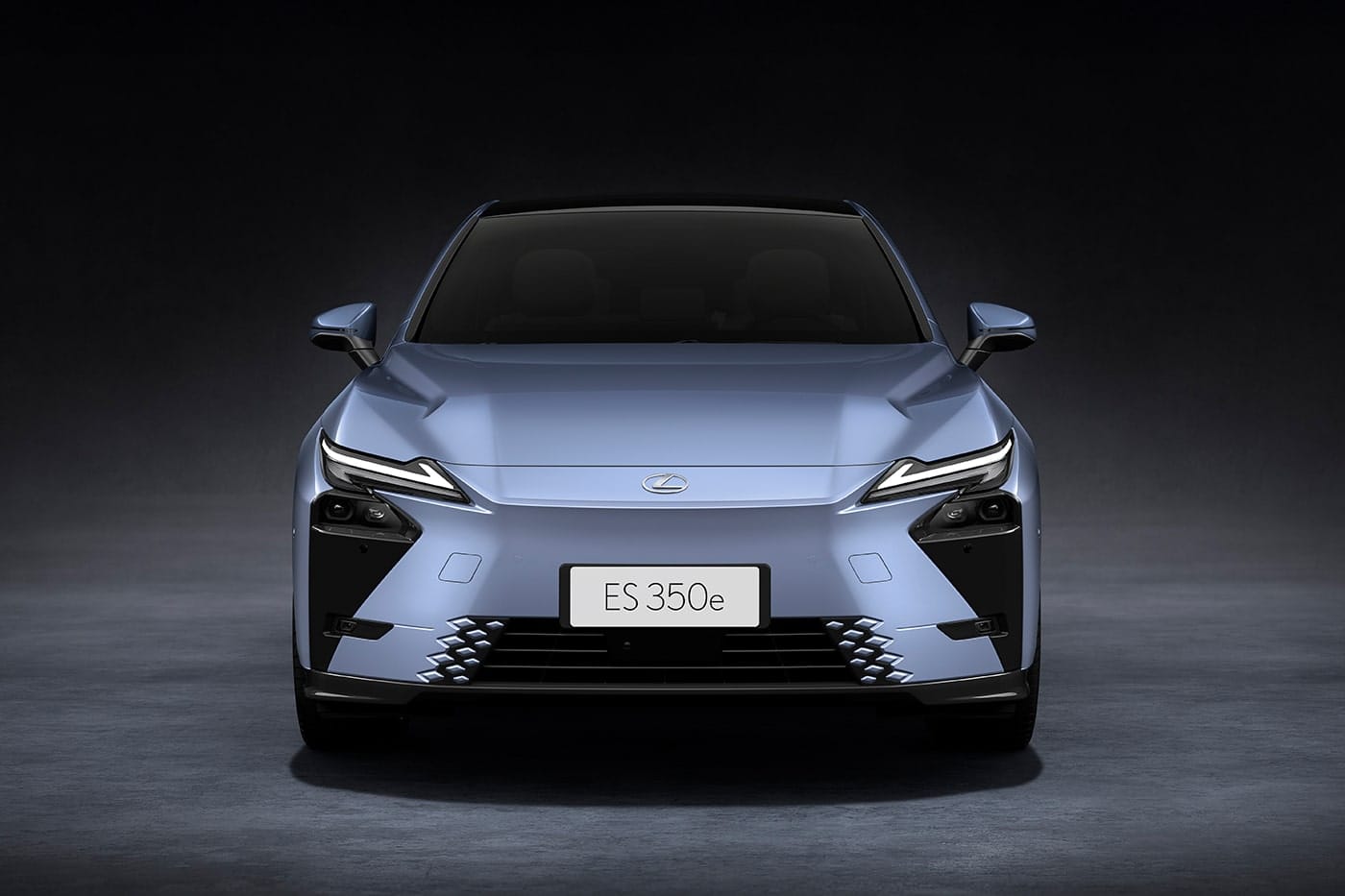
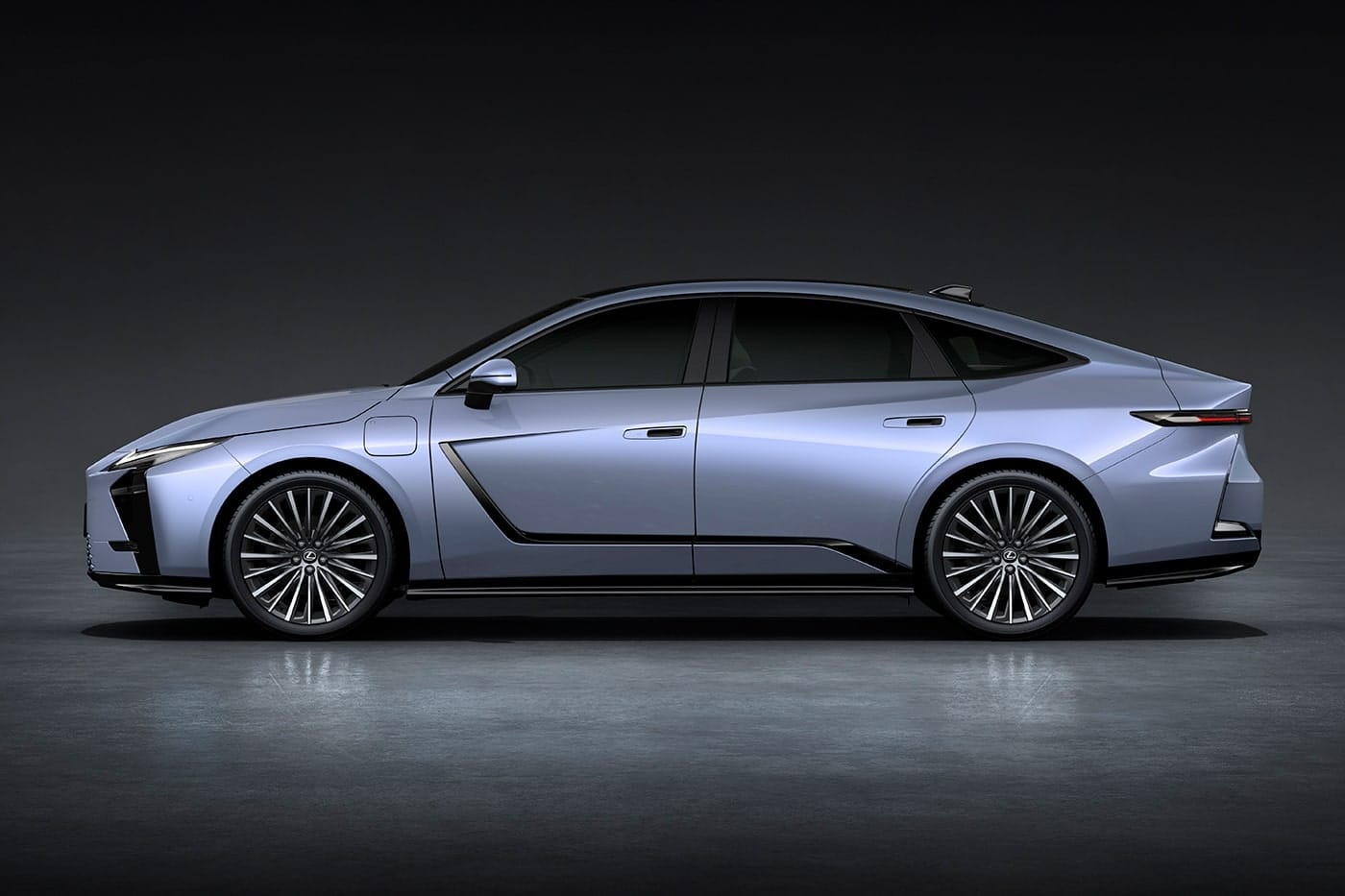
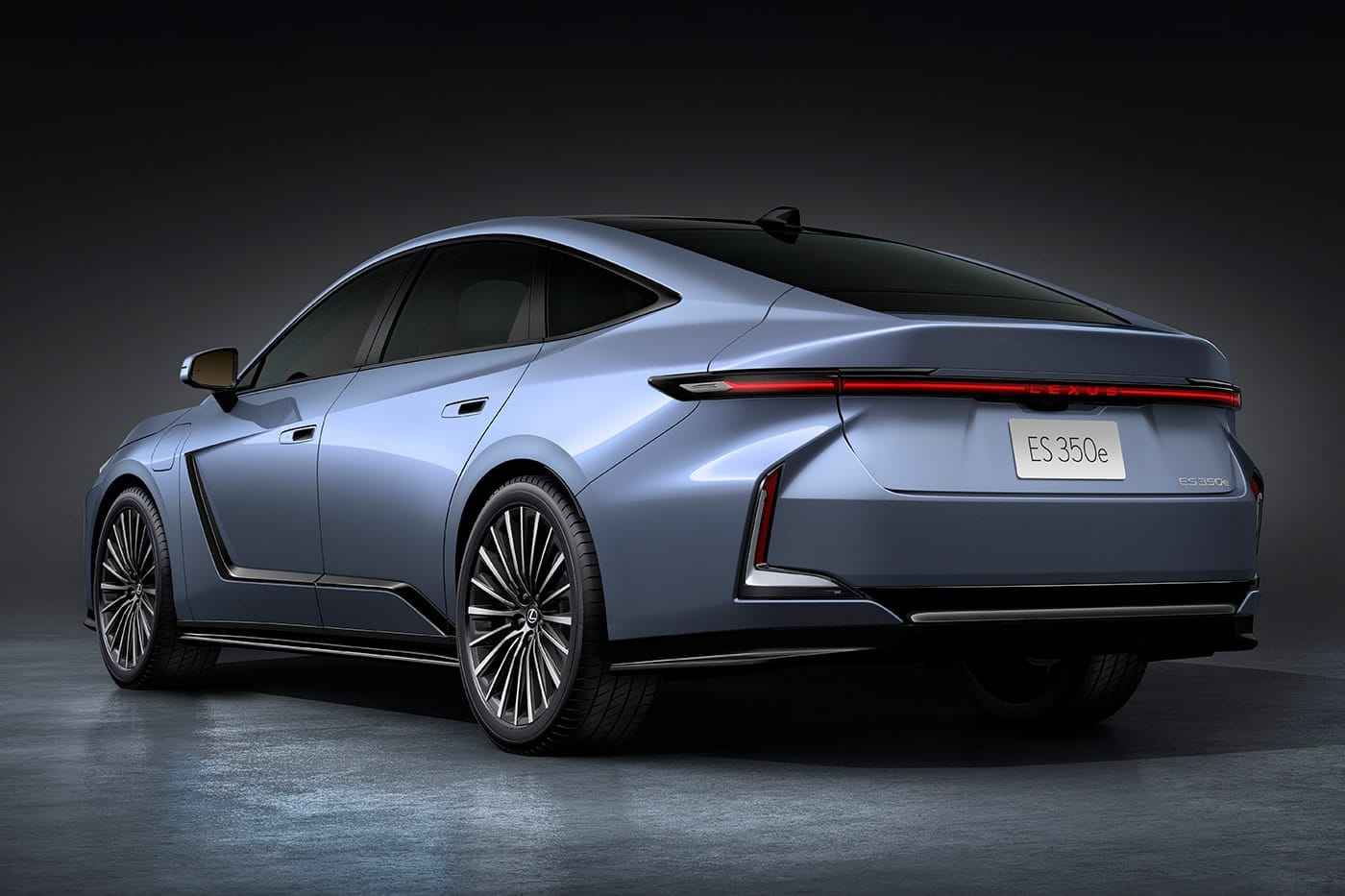
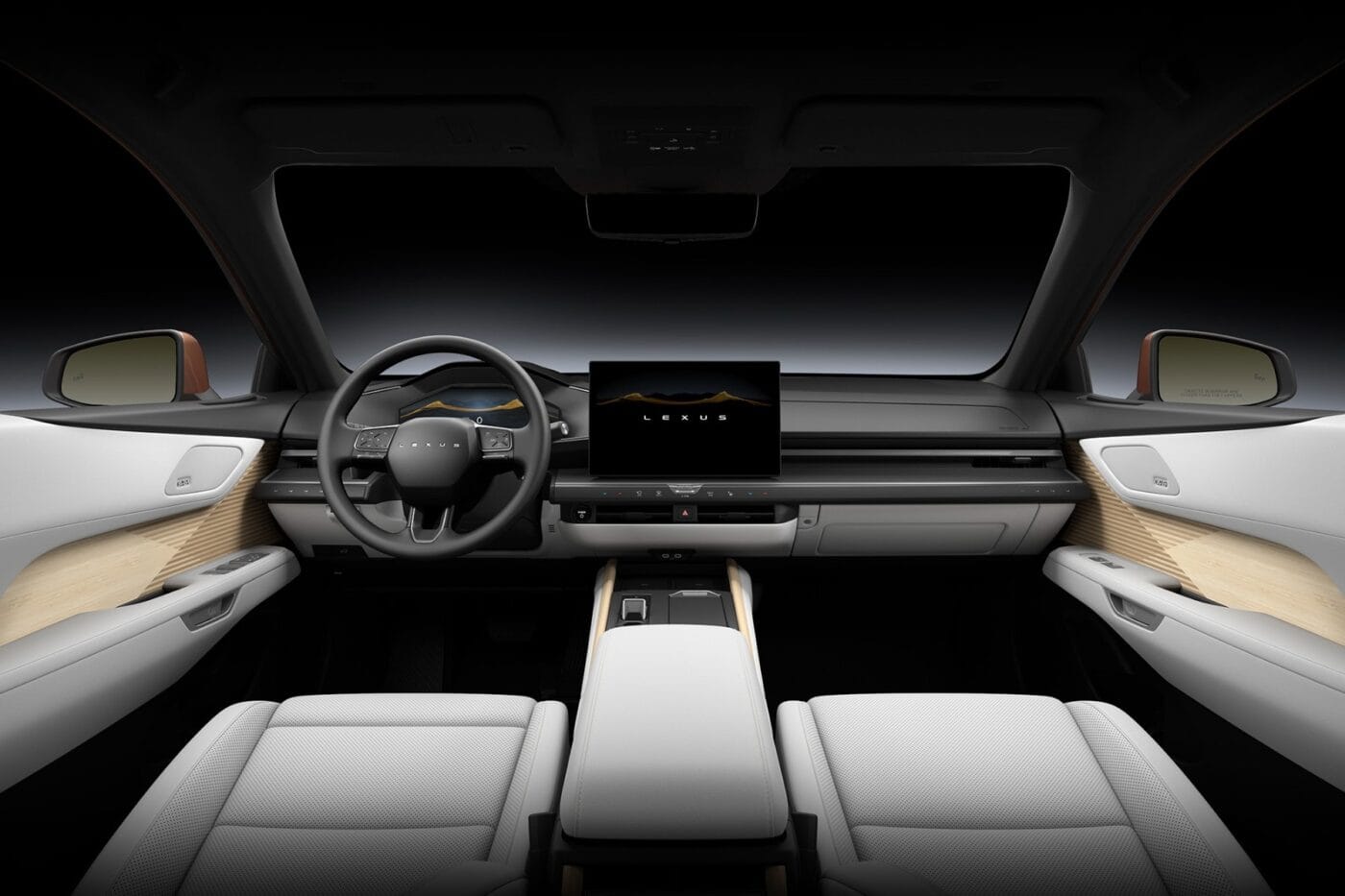
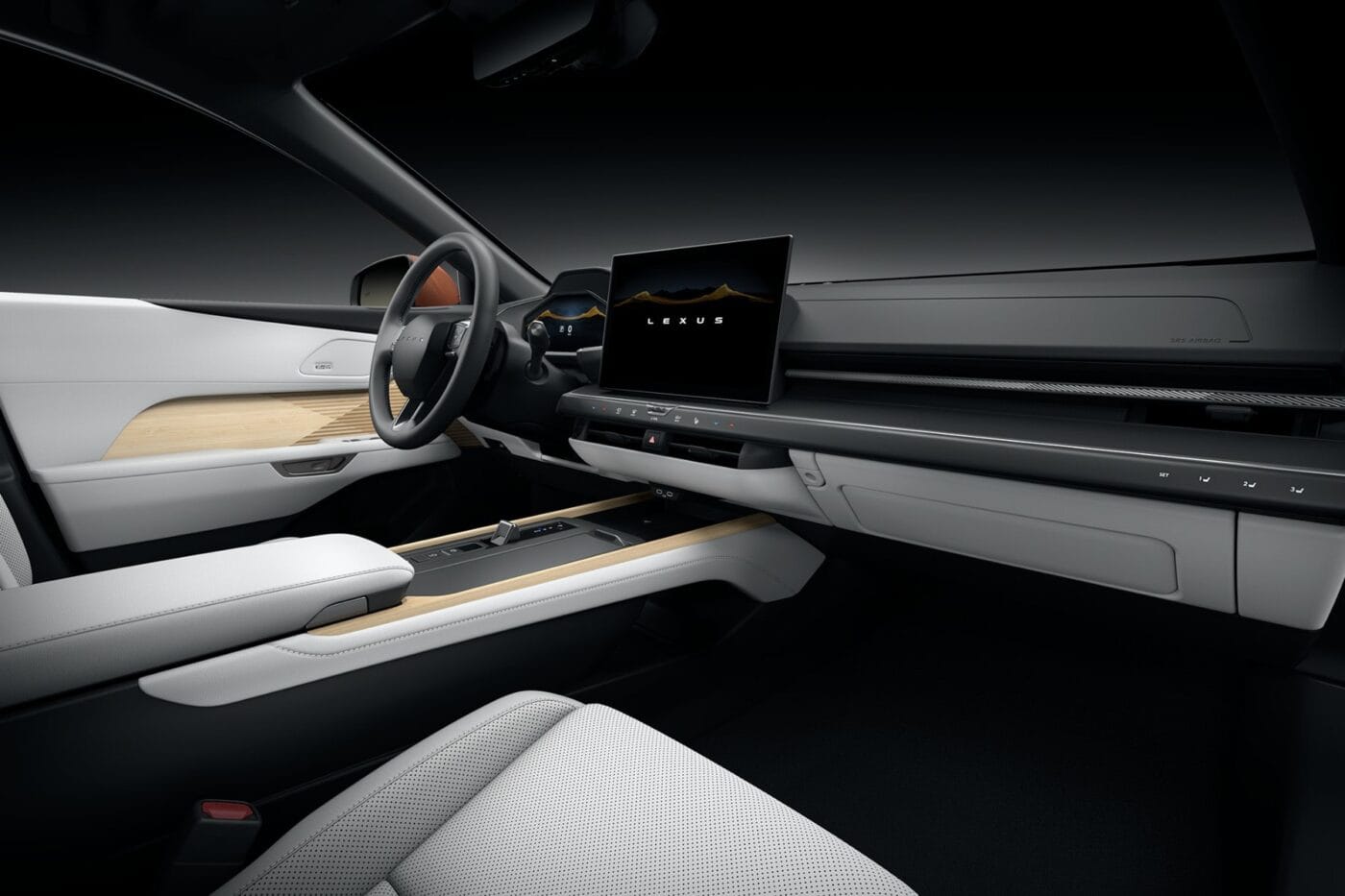
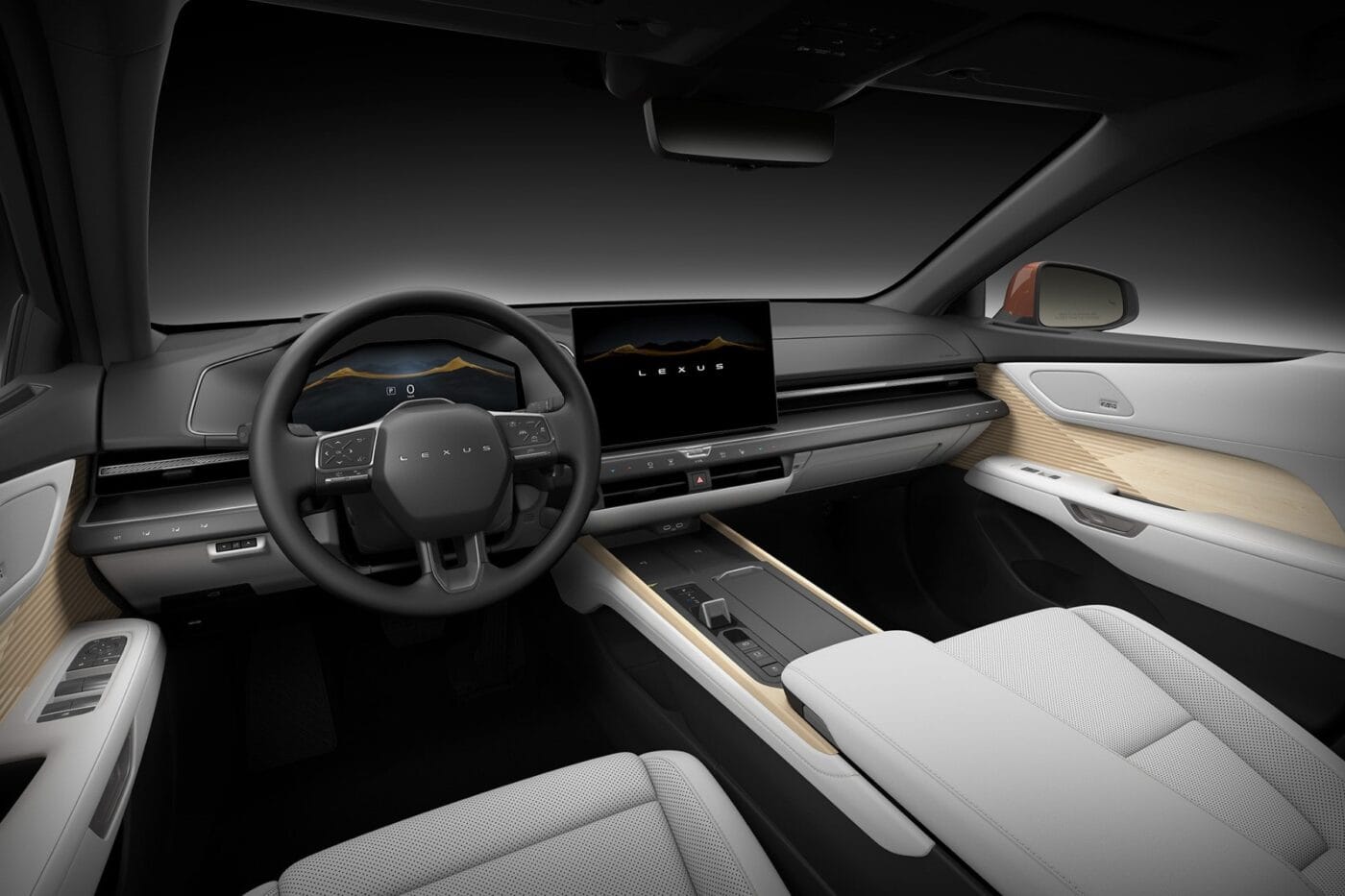
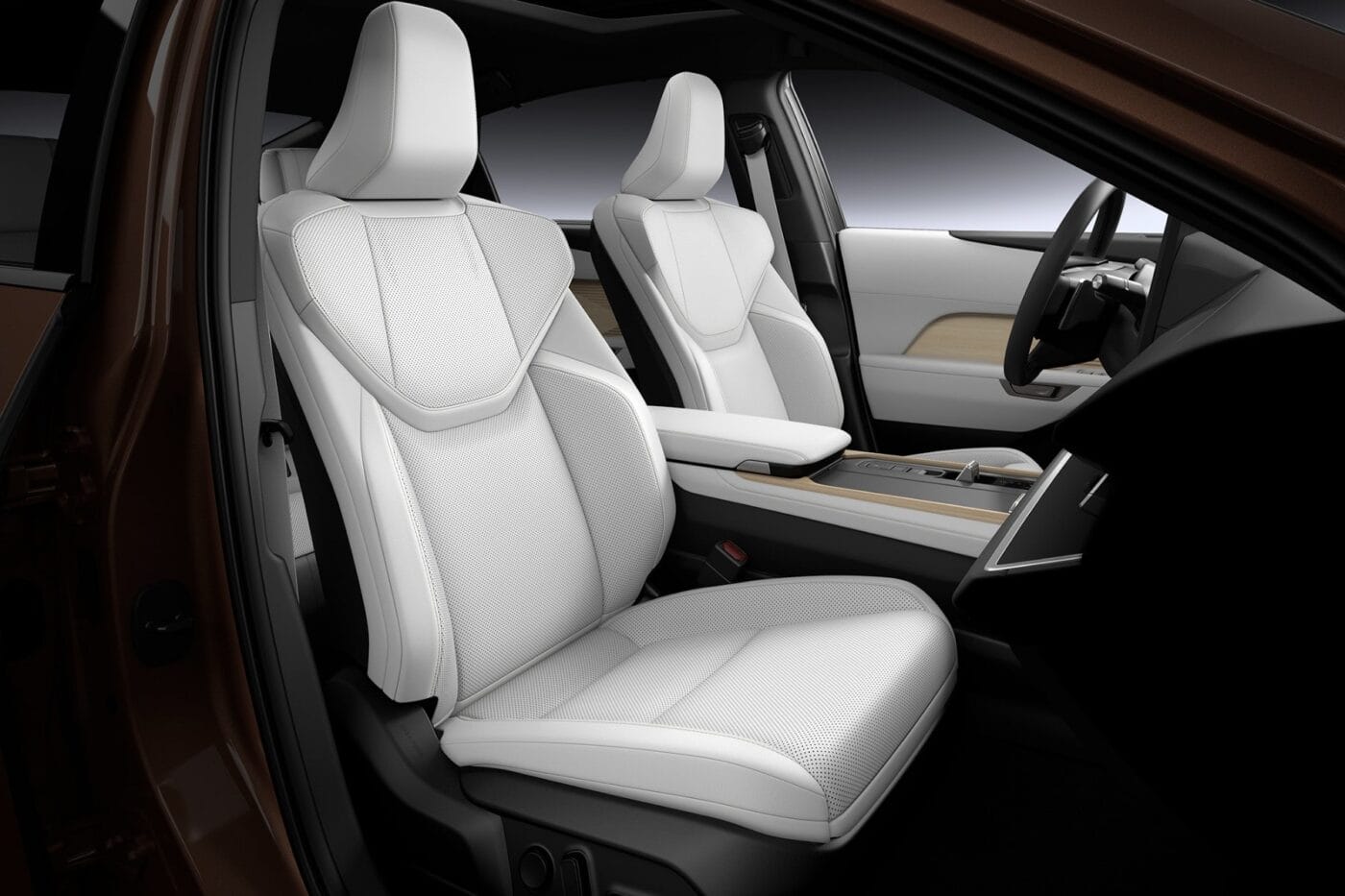
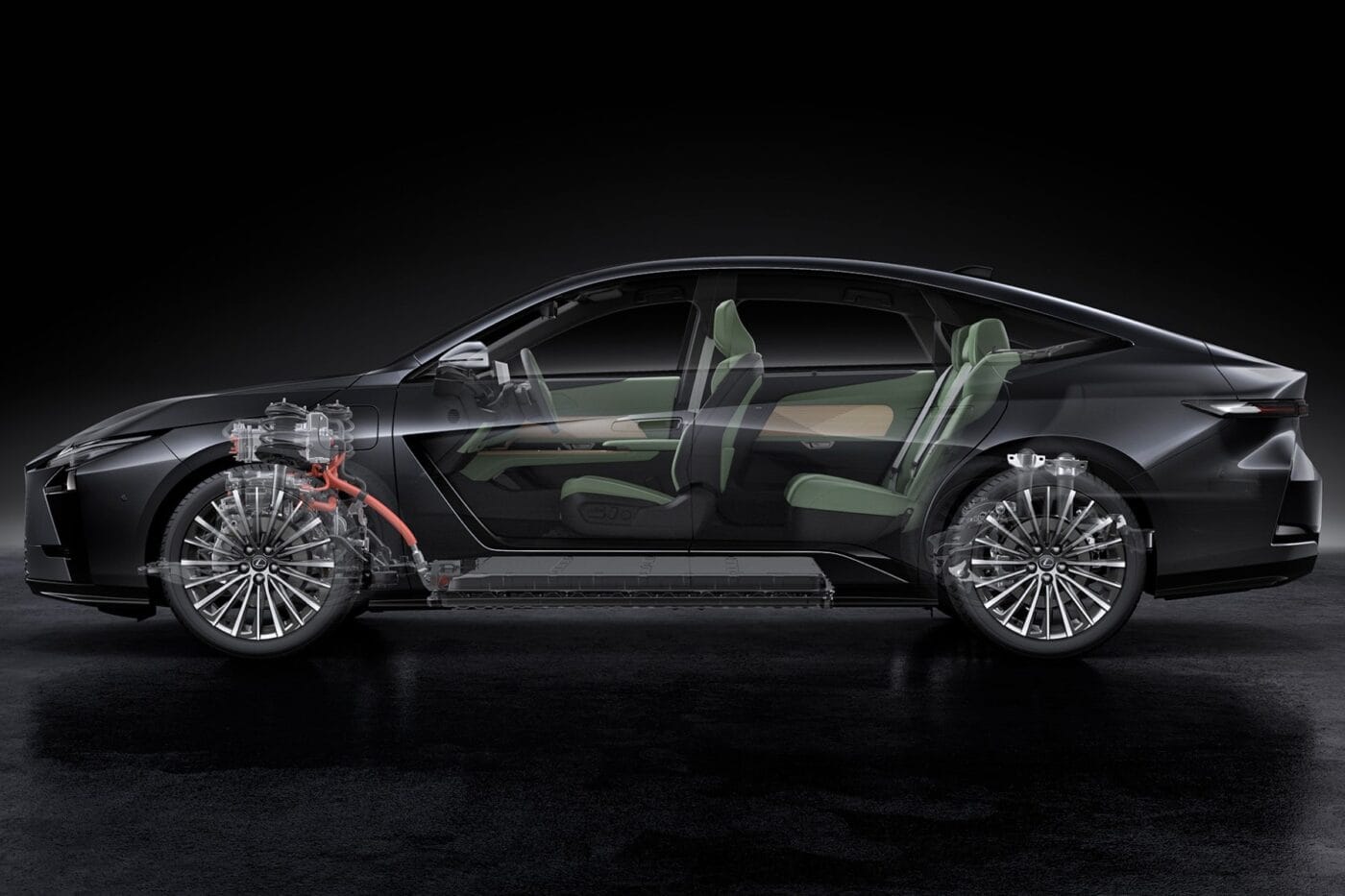
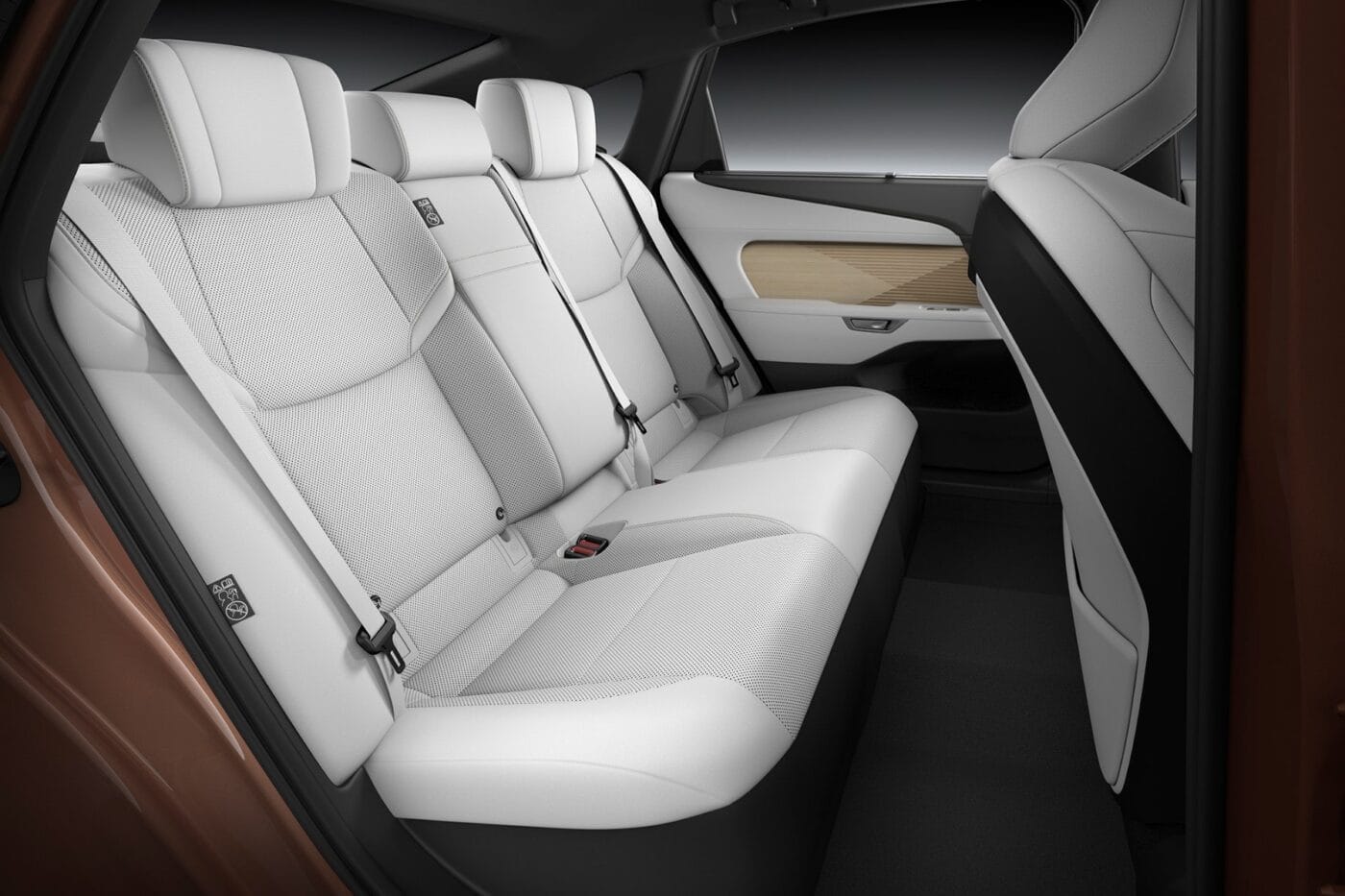
Briefly about the Lexus ES itself: The saloon is 5.14 metres long, making it 16.5 centimetres longer than its predecessor. In width, the ES has increased by 5.5 centimetres to 1.92 metres, in height by a full 11 centimetres for the hybrid and 11.5 centimetres for the BEV version to roughly 1.56 metres. The wheelbase measures 2.95 metres, eight centimetres more than before. There are a total of three hybrid variants: Depending on the market, the ES 300h is offered with either a 2.0-litre four-cylinder engine or a 2.5-litre four-cylinder engine, with a system output of 145 or 148 kW. Above this is the ES 350h, which always comes with a 2.5-litre engine and offers 182 kW system output.
“Depending on the market” is an important statement for the Lexus ES. Because, unlike the Toyota bZ7, the Lexus saloon is not only intended for China. As Lexus Europe confirms, sales in Germany are set to start in spring 2026. In Western Europe, the Lexus ES 300h will be available with the 2.5-litre engine and 148 kW, while the ES 350h will be offered in Eastern Europe – both as a front-wheel drive or with all-wheel drive. In the case of the electric variants, both drive systems are likely to come to Europe.
global.toyota, carnewschina.com (both bZ7), global.toyota, global.toyota (both Lexus ES), lexus.eu

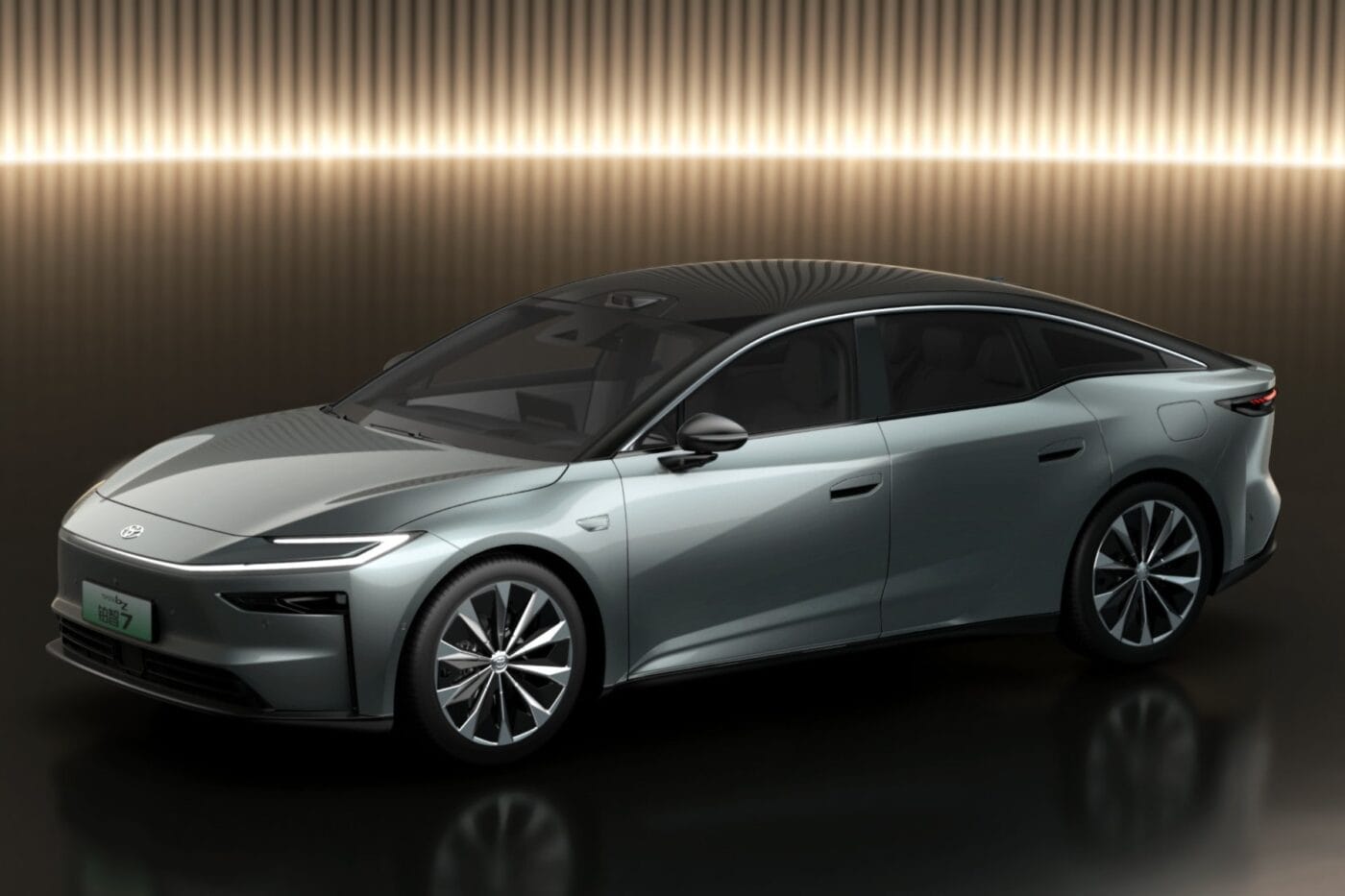


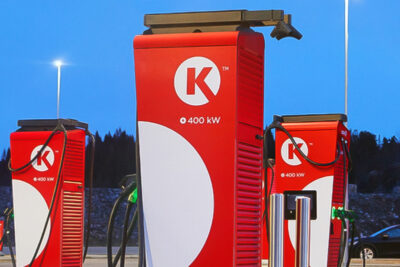
0 Comments